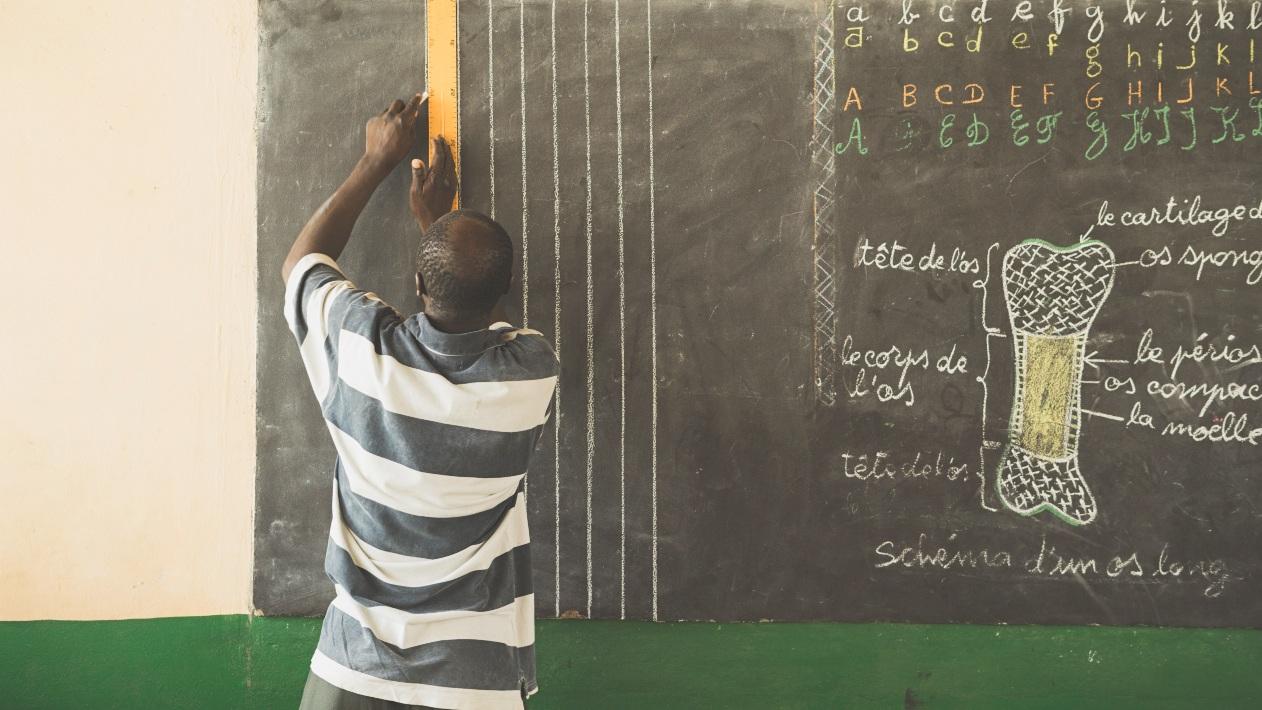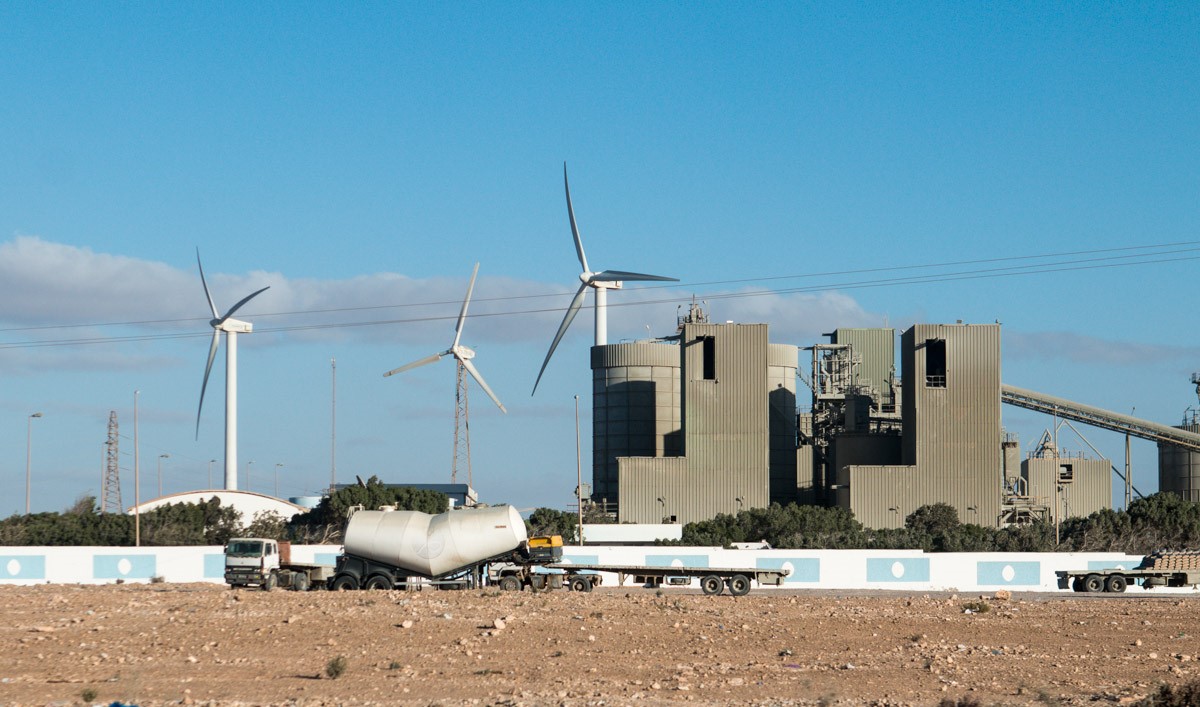Narratives of African inequality are often simplistic and based on patchy data. But as Ewout Frankema, Michiel de Haas and Marlous van Waijenburg write, the reality is much more interesting and offers insight that can be valuable elsewhere.
In recent years, the study of economic inequality has taken on a more global and historical perspective. Scholars such as Thomas Piketty, Branko Milanovic, and Walter Scheidel, have challenged traditional ideas about the drivers of long-term trends in income and wealth distribution. This new ‘global inequality literature’ has so far had little to say about Africa.
Perhaps this is because available inequality estimates for Africa are patchy and the problem of persistent poverty was long deemed of greater importance. In this space, overly simplistic narratives about inequality trends on the continent have taken hold. Pre-colonial African societies are portrayed as egalitarian due to their ‘traditional’ or ‘pre-capitalist’ economic structures characterised by land abundance and smallholder agriculture. The history of African inequality, so it is suggested, began with the co-evolution of colonialism and capitalism during the effective European occupation of Africa up to the 1960s, and the legacy of economic dualism and high inequality has persisted throughout the post-colonial era up until today.
To understand inequality, we should not just look at outcomes, such as Gini coefficients or top-income shares. An inequality regime is defined as a combination of 1) the institutions that legitimise a given distribution of economic resources; 2) the sources of income and wealth inequality, which include assets such as land, capital, and subsoil deposits, but also the control over human labour and rents, profits, and salaries; and 3) the social groups that obtain a disproportional share of the pie and can be considered as the main beneficiaries of inequality.
There have been at least three main inequality regimes in Africa since 1500. The first wave emerged from the rise of the transatlantic slave trade and the spread of plantation slavery across the continent. Enslaved people, slave-produced commodities, and control over trade routes were key sources of wealth and inequality. The main beneficiaries on the African continent were the slave-owning elites of large and powerful pre-colonial African states. The regime at large was underpinned by ideologies and institutions that enabled enslavement and the extraction of slave labour.
There is a lack of quantitative data to express pre-colonial inequality levels in the form of Gini coefficients or top-income/wealth shares. But the intensification of the slave trade and the growth of internal slave markets are indicative of processes of unequal accumulation of ‘wealth in people’, the proceeds of the sale of human beings (such as consumer goods and weapons) and the fruits of enslaved labour (such as cash crops). Widespread slavery, therefore, is incompatible with the idea that pre-colonial Africa was dotted with egalitarian rural societies.
By the time slavery was abolished income and wealth had become concentrated in the hands of European expatriates and settlers. From there, a new regime of inequality emerged that was closely linked to the onset of colonial rule. Colonialism generated new forms of inequality, through the diffusion of capitalism and coercive institutions. However, colonial inequality did not predominantly arise, as often claimed, from a dual economic system of ‘traditional’ versus ‘modern’ sectors. The notions of ‘dualism’ and ‘capitalism as a colonial invention’ are at odds with the historical evidence.
Instead, households combining production for subsistence (‘traditional’) and the market (‘modern’) emerged as a key feature of Africa’s export-oriented agrarian colonial economies. This combination of subsistence-oriented and commercial farming, which involved farmers, traders, slaves, and migrant workers, emerged long before the colonial era. Evidence suggests that inequality rose during the latter half of the colonial era, but that the levels and trajectories across Africa were diverse. This diversity can be explained by the number of foreign settlers who controlled disproportionate shares of colonial export revenues or related public revenues, but also by the nature of the export sector. Capital-intensive commodities such as mining, cocoa, and coffee skewed the distribution more profoundly than labour-intensive commodities, especially annual crops like cotton and groundnuts.
It’s often said that persistently high inequality sets post-colonial Africa apart from the rest of the world. But there is a large variation within the continent. Given the variation in colonial inequality and the many crises and policy shifts in the early post-independence era, such diversity should not come as a surprise.
Post-independence, African countries transitioned to new inequality regimes of various sorts. In some places, such as South Africa, there was great continuity in terms of the institutions, sources or beneficiaries. In many other countries though, major ruptures took place after 1960. There were multiple drivers of such ruptures: the emigration of foreign settlers, the rise of African socialism, shifts in the sources of wealth from cash crops to minerals, including oil, and the outbreak of numerous civil wars.
Because of the prevalence of external shocks including the slave trade, colonialism, and Cold War geopolitics, as well as the large number of countries, Africa offers myriad opportunities to evaluate the relative importance of evolutionary versus revolutionary forces of distributional change. That potential will be revealed once we move beyond the view that present-day African inequality is simply a persistent imprint of colonial capitalism and economic dualism.
Photo credit: Crysis Rubel used with permission CC BY 2.0






